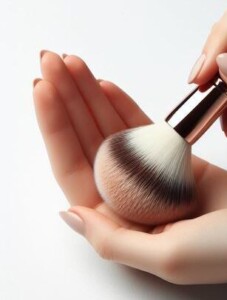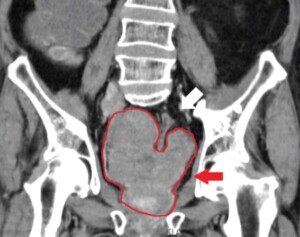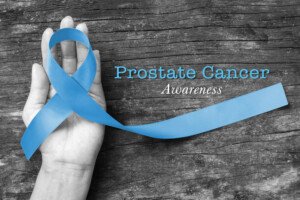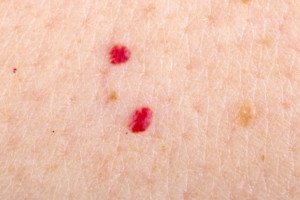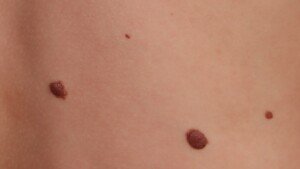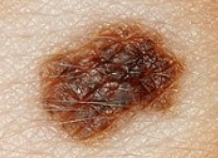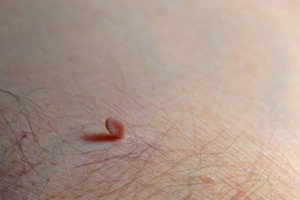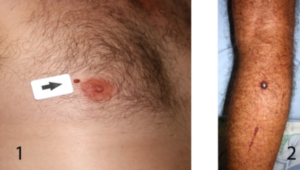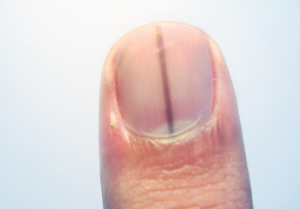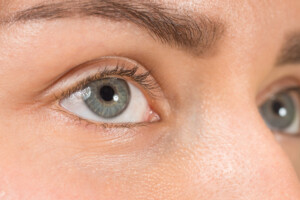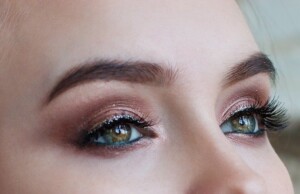What’s the difference between stimming and “stemming” when it comes to the repetitive behaviors of autism?
Stimming is short for self-stimulatory behavior, which can be in the form of repetitive physical movements or repetitive thoughts.
As a side note, the repetitive (stimming) thoughts in autism differ from the ongoing intrusive thoughts of obsessive compulsive disorder in that the former are quite welcome to the Autist and bring emotional regulation or joy, while the latter are very unwelcome and cause stress and anxiety.
So is there a difference between autistic stimming and stemming?
Stimming vs. Stemming
The difference between stimming and stemming, when it comes to autism, is as follows.
“Stemming” is a term used by some people to refer to stimming.
And that’s it. It’s an error of terminology. I’ve seen it in print, and I’ve heard it being spoken on news segments relating to autism.
It’s one of those things that reminds me of people saying “colposcopy” when they mean “colonoscopy.” They sound similar but have completely different meanings.
This brings to mind the malapropisms (wrong word that sounds like the intended word) of the character Archie Bunker in the 1970s sitcom TV show “All in the Family.”
- He’d say urology instead of eulogy.
- He’d say mouth to mouth restitution instead of resuscitation.
- He’d say menstrual show instead of minstrel show (a form of theatre).
- Perhaps the funniest example is when Archie said “chromostones” instead of chromosomes.
So it’s not all that rare for people to say stemming when they mean stimming.
However, you may now be wondering if there’s a such word as stemming.
It means four things – as follows.
- To originate from.
- To remove the stems from vegetation.
- A rock or wall climbing technique, usually done on corner-type routes.
- To reduce a word to its root form, such as climbing, climbed, climber and climbs to climb.

Stemming tomatoes. ©Lorra Garrick
Stemming does not mean stimming, even though they sound very similar.
It’s incorrect to say, “My son stems with anything that can be twirled.”
As someone with a clinical diagnosis of ASD, I stim a lot. I don’t stem a lot.
However, I do love stemming on corner wall climbing routes!
My stimming includes that of smelling my hair, gently chewing on my tongue, teeth clicking, toe curling, thigh and calf bouncing, foot flapping, rocking, hip adduction (squeezing my inner thighs together – not for exercise but to stim) and finger movements against the opposite hand, among more.
Oh, I almost forgot: rubbing my fingers against the two big makeup brushes that are propped up in my car between the driver’s seat and center console.
Next time you hear someone say, “My daughter likes to stem,” they probably don’t mean science, technology, engineering and math. They likely mean “stim.”
 Lorra Garrick has been covering medical and fitness topics for many years, having written thousands of articles for print magazines and websites, including as a ghostwriter. She’s also a former ACE-certified personal trainer. In 2022 she received a diagnosis of Level 1 Autism Spectrum Disorder and subsequently has developed an intense interest in ASD.
Lorra Garrick has been covering medical and fitness topics for many years, having written thousands of articles for print magazines and websites, including as a ghostwriter. She’s also a former ACE-certified personal trainer. In 2022 she received a diagnosis of Level 1 Autism Spectrum Disorder and subsequently has developed an intense interest in ASD.
.

